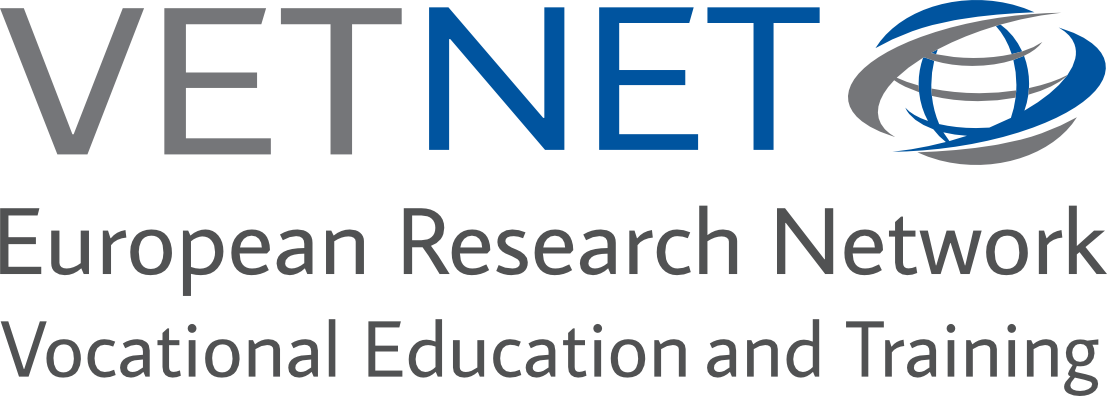Examining Barriers to Internationalisation Created by Diverse Systems and Structures in Vocational Education and Training
DOI:
https://doi.org/10.13152/IJRVET.3.2.2Keywords:
Vocational Education, Globalisation, Internationalisation, Barriers, Vocational Education and TrainingAbstract
In a global society, all educational sectors need to recognise internationalism as a core, foundational principle. Whilst most educational sectors are taking up that challenge, vocational education and training (VET) is still being pulled towards the national agenda in terms of its structures and systems, and the policies driving it, disadvantaging those who graduate from VET, those who teach in it, and the businesses and countries that connect with it. This paper poses questions about the future of internationalisation in the sector. It examines whether there is a way to create a VET system that meets its primary point of values to produce skilled workers for the local labour market, while still benefitting those graduates by providing international skills and knowledge, gained from VET institutions that are international in their outlook. The paper examines some of the key barriers created by systems and structures in VET to internationalisation and suggests that the efforts which have been made to address the problem have had limited success. It suggests that only a model which gives freedom to those with a direct vested interest, students, teachers, trainers and employers, to pursue international co-operation and liaison will have the opportunity to succeed.





